15 Interesting Red Panda Facts!
See if you know all these fun facts about the CUTEST critter around!
Red pandas are some of the most popular zoo animals ever, and it’s eay to see why – they’re absolutely adorable! But there’s more to them than just cuteness – do you know what they eat, or how they like to sleep, or what makes them internet famous? Find out here! Then get your honey badger facts here, or maybe you prefer orangutans or even axolotls?
1. They were the first panda
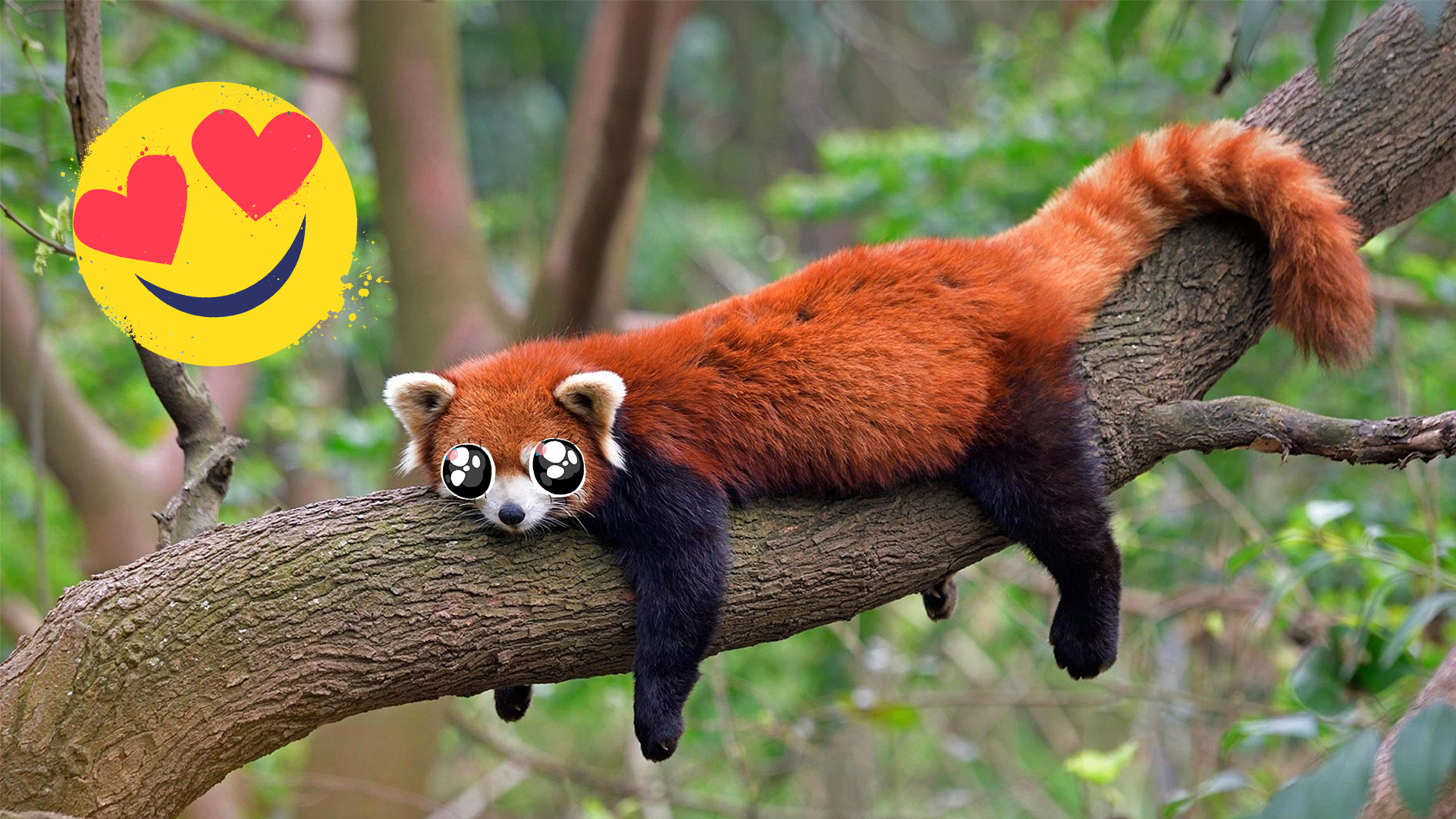
When you hear “panda” you usually think of the giant panda – those black-and-white giants you might have seen at the zoo. But the red panda was discovered before the giant panda in the West! French zoologist Georges-Frédéric Cuvier discovered and named the red panda in 1825, 50 years before the giant panda was discovered! He also called it the most beautiful animal he’d ever seen!
2. It’s not closely related to the giant panda
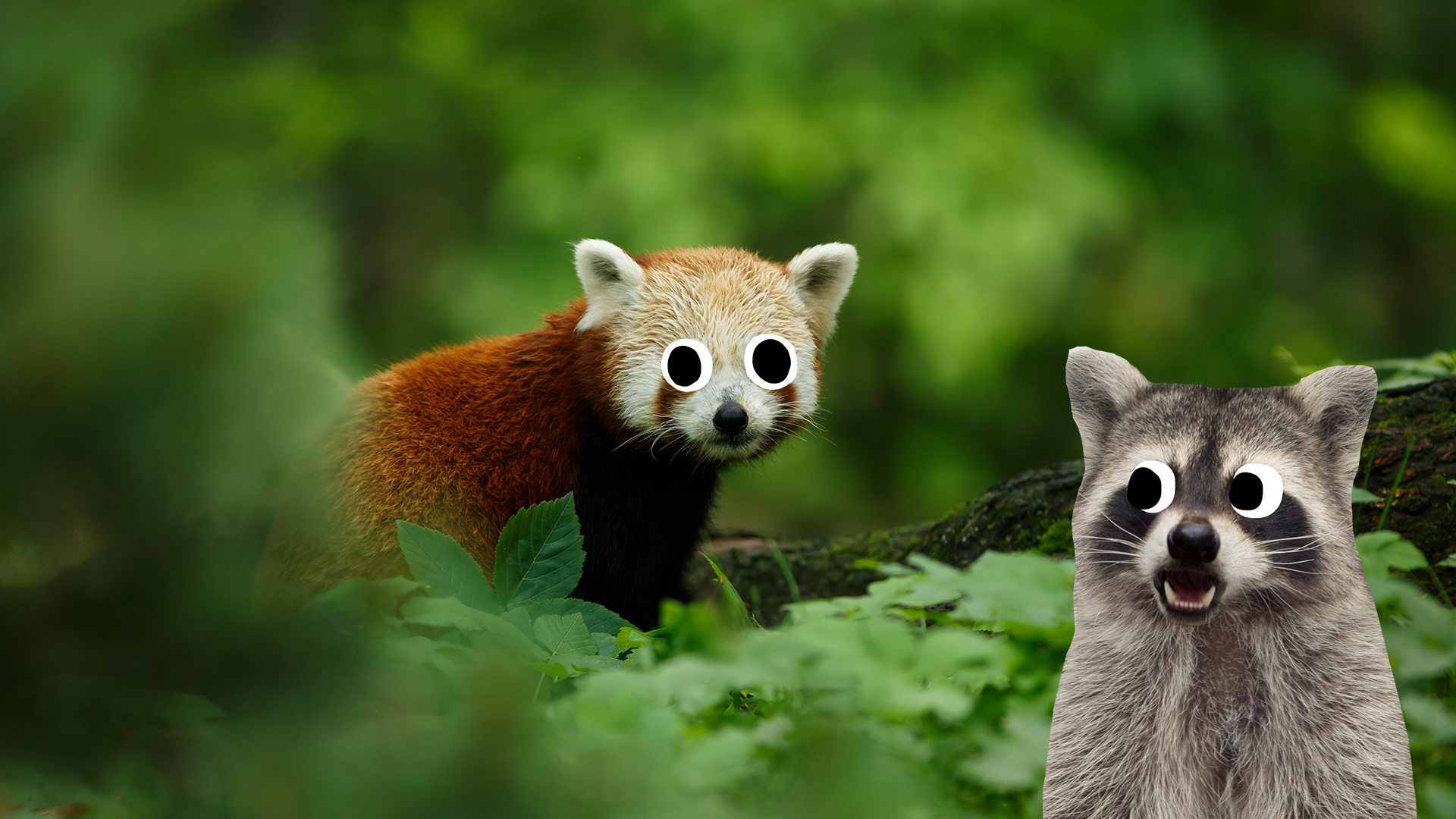
Despite sharing a name with the giant panda, the red panda is actually more closely related to raccoons!
3. …but they both LOVE bamboo
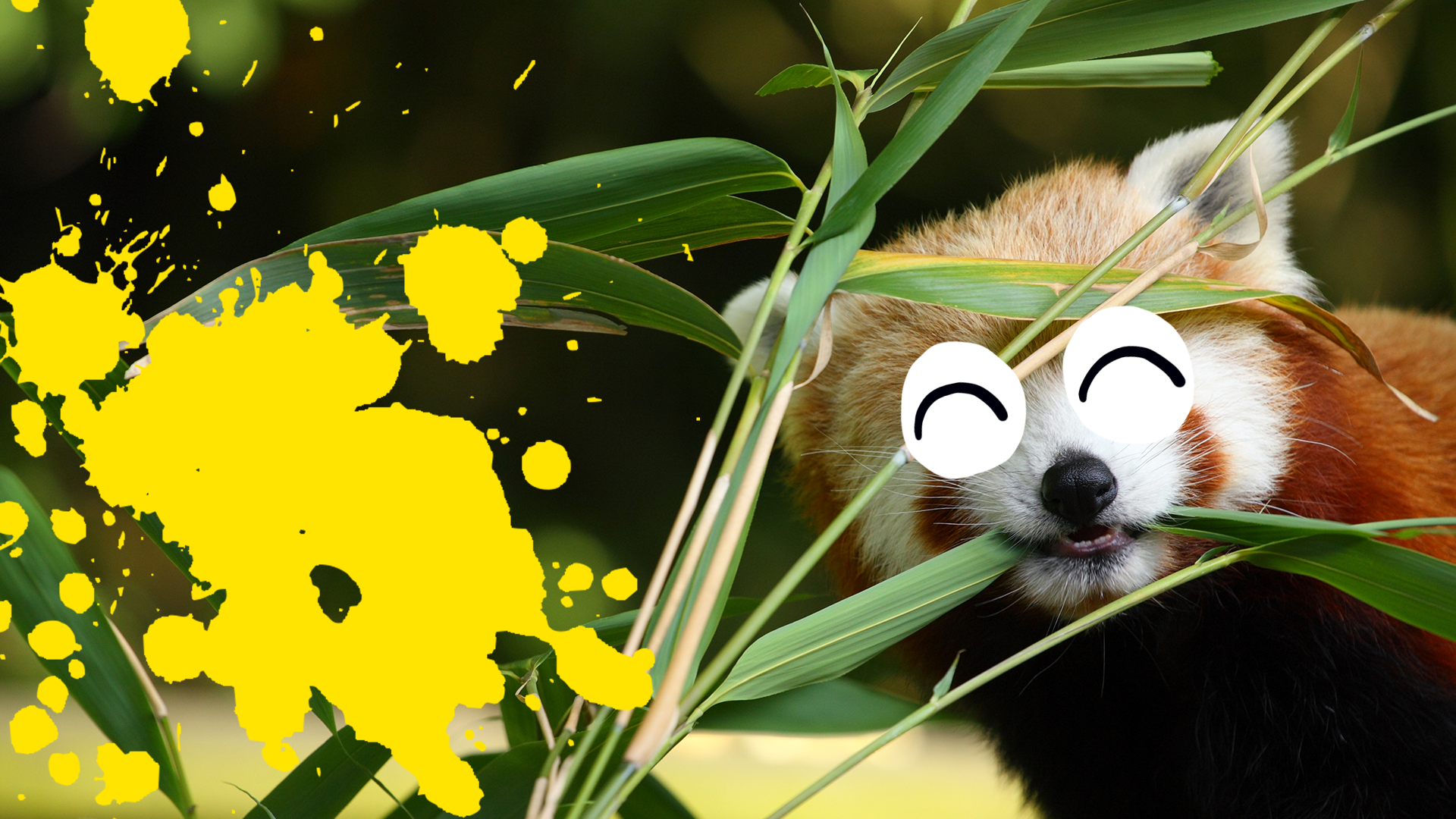
A red panda’s diet is about 98% bamboo, and they have to eat 20 to 30 per cent of their body weight in it every DAY!
4. They’re flexitarians
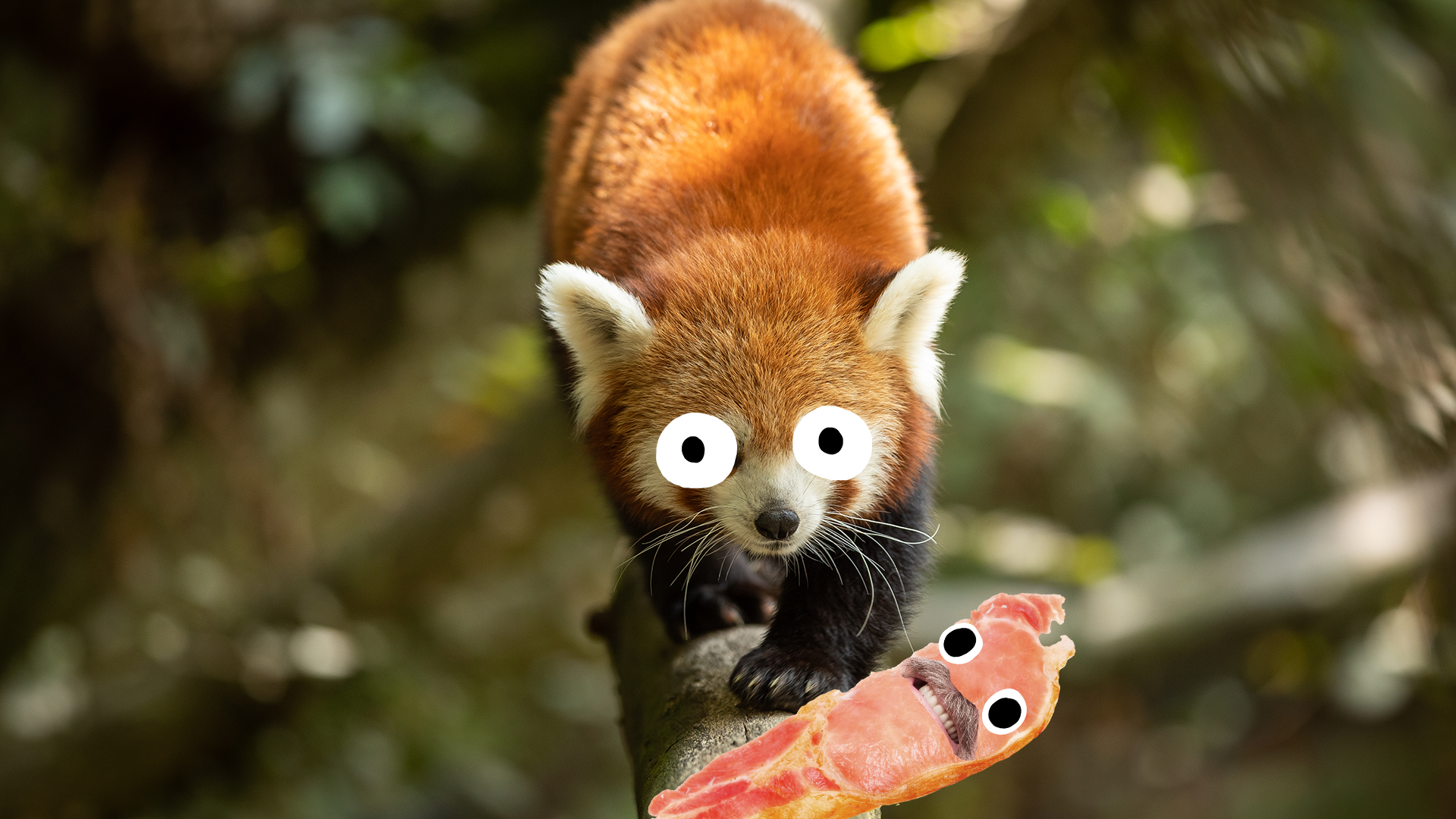
Despite all that bamboo they’re not above eating the occasional insect or even small mammal!
5. They come from the Himalayas
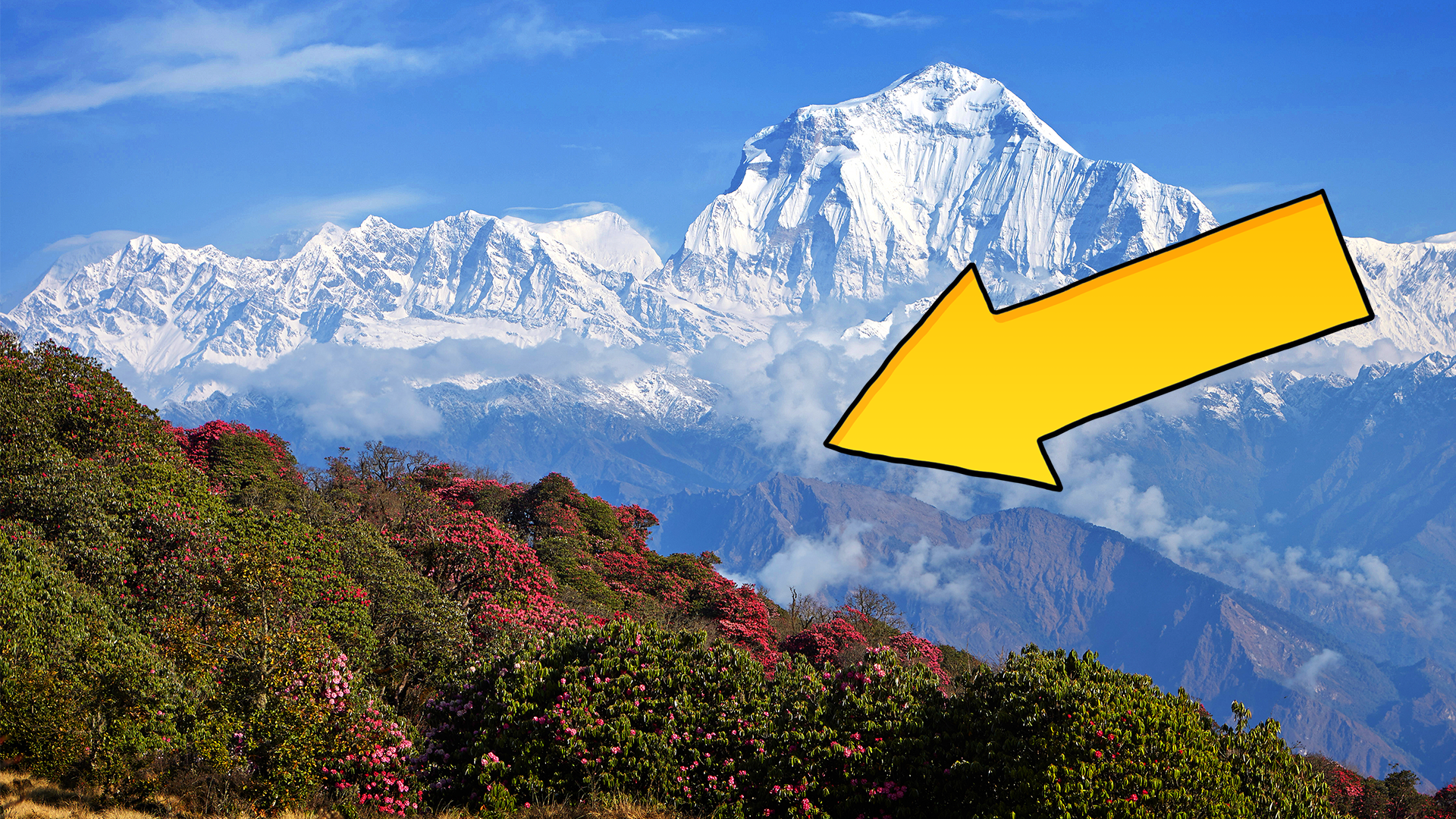
In the wild they can be found in the high forests of Nepal, India, Bhutan, China and Myanmar.
6. They only come out at night
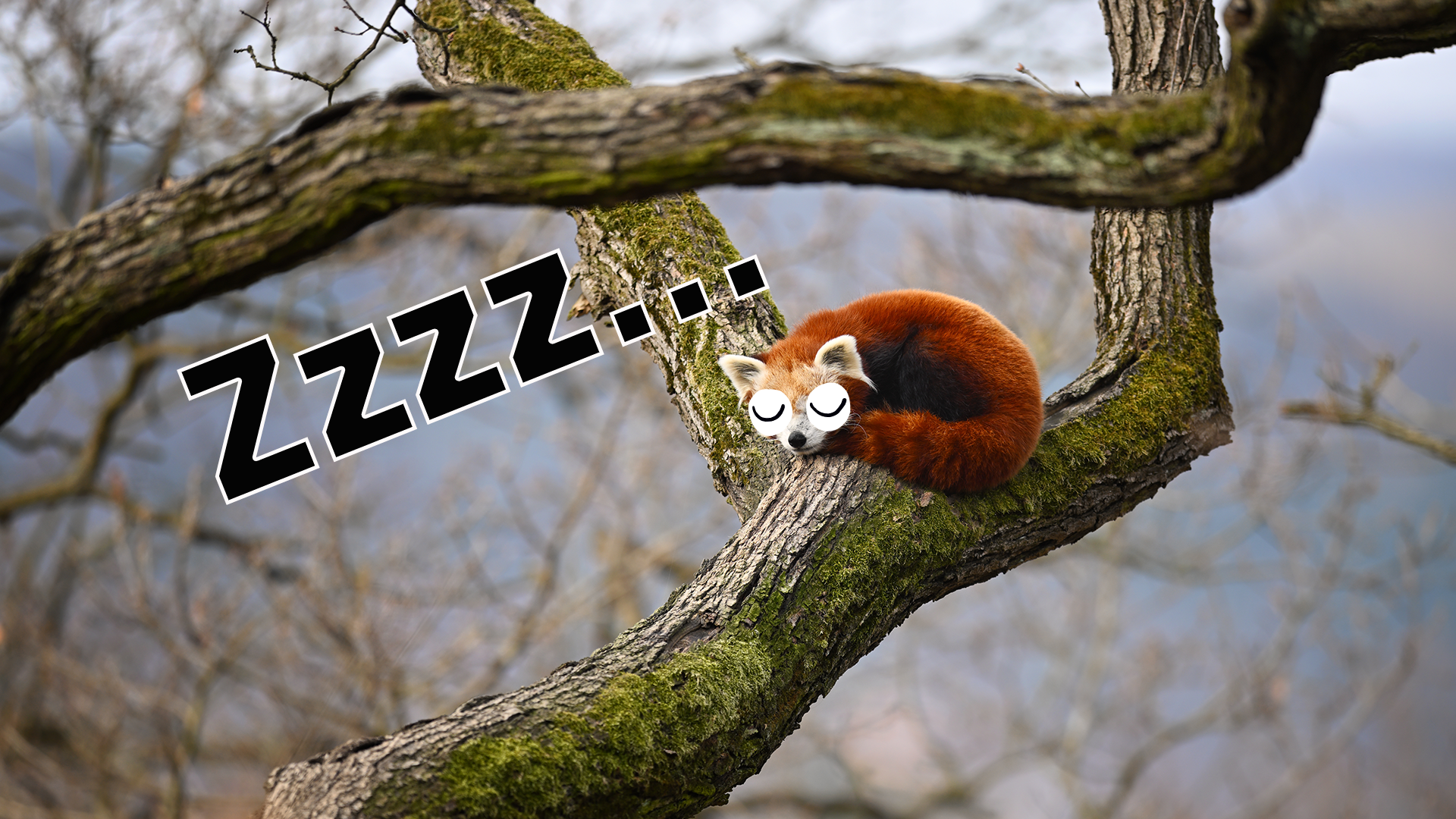
Red pandas are pretty hard to spot in the wild, because they live high in trees, are rather shy – and sleep during the day! You’d have to stay up very late and be very patient to see one!
7. They make very strange sounds

Baby red pandas squeak and whistle to get their parents’ attention – they sound a little bit like squeaky toys! Adults make sounds too, including a weird sort of “quacking” noise!
8. They have six fingers
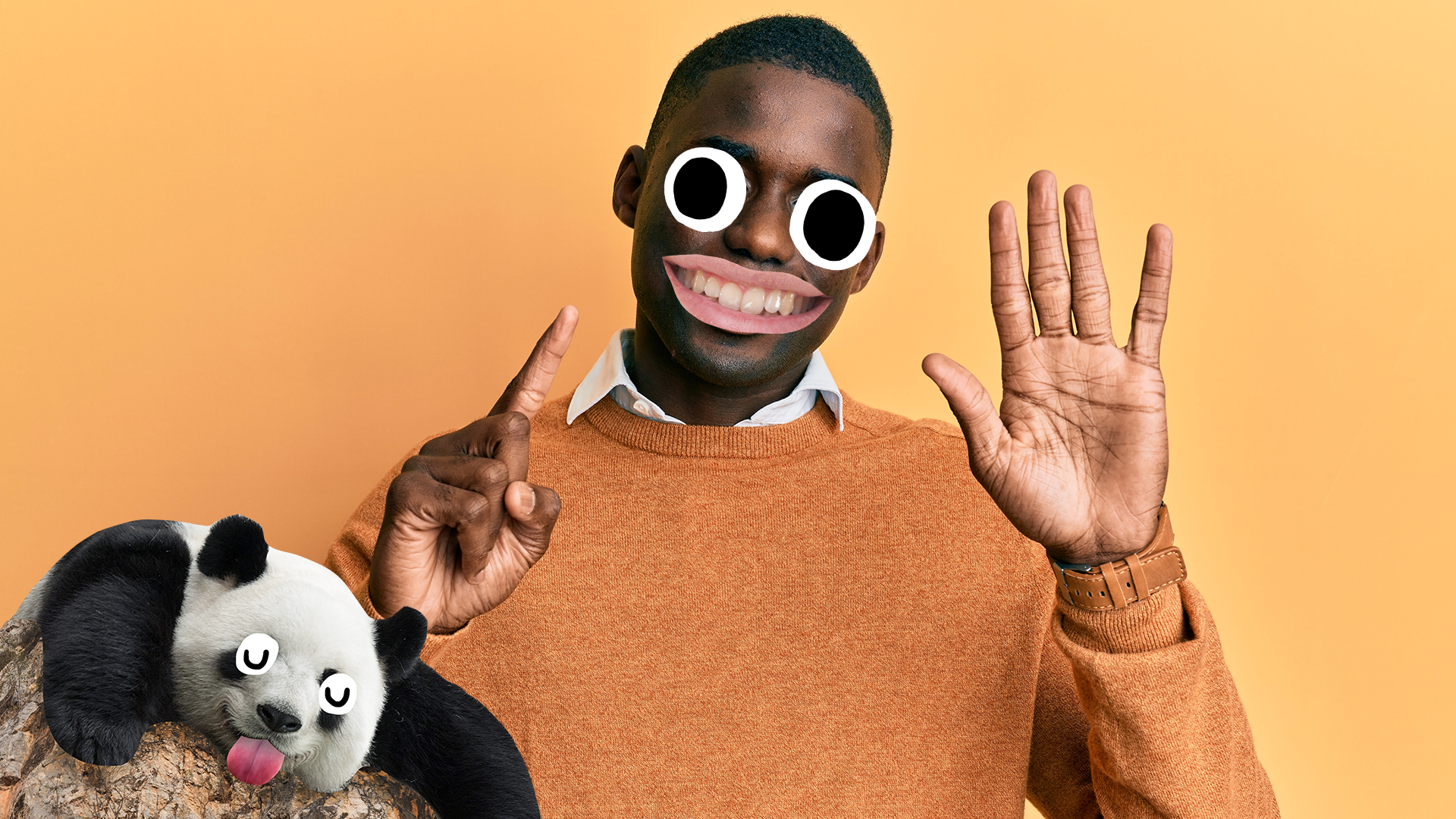
To help them climb trees and grab bamboo, red pandas have what’s called a “pseudo-thumb” – a big, modified wrist bone. Giant pandas also have one but theirs is just to eat bamboo (they’re not really into climbing things, preferring to nap).
9. They like to use their tails as blankets
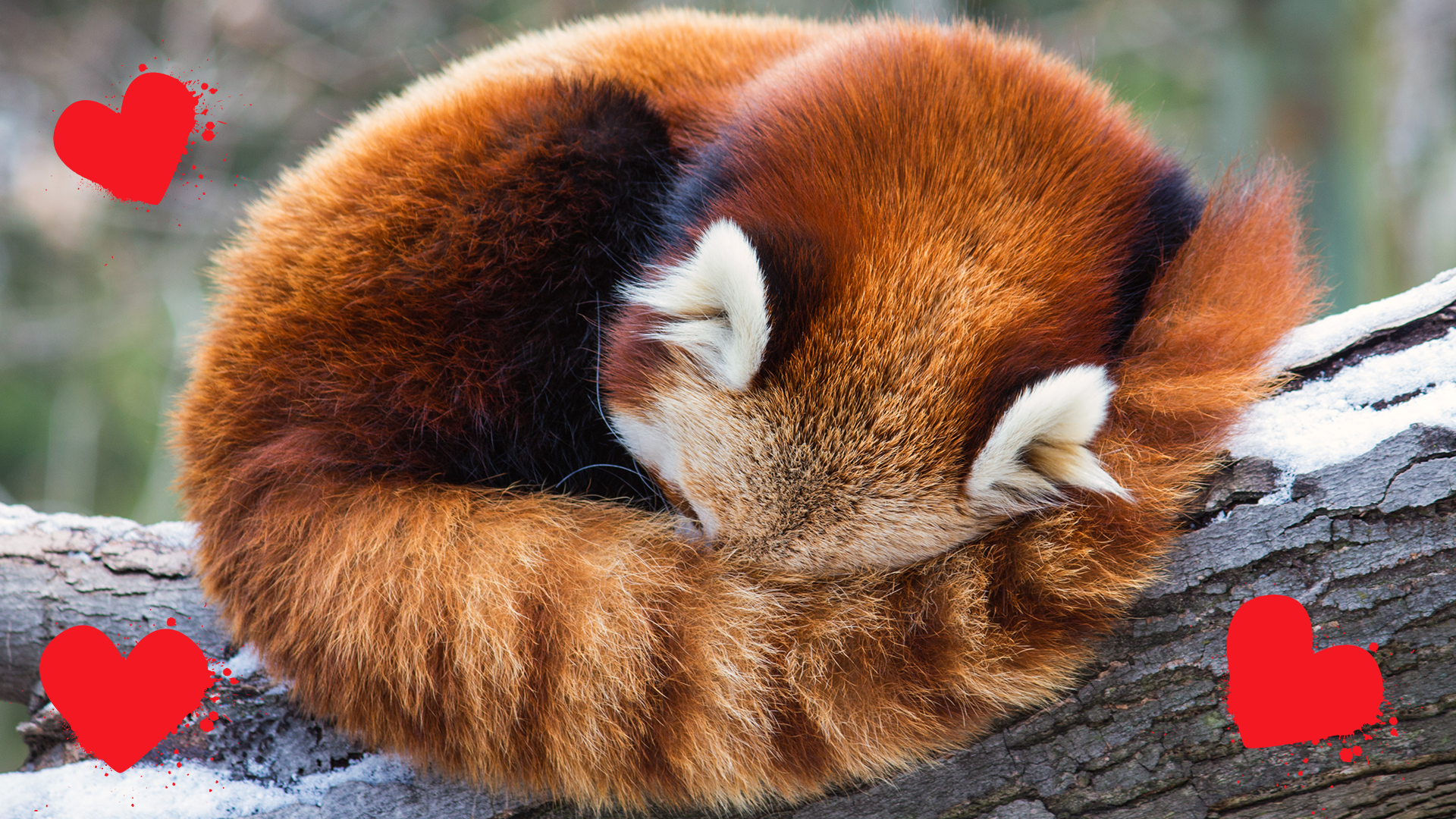
Their long tails are easy to wrap around their bodies, so red pandas often curl up and sleep like this! Awwww!
10. They “glow” in the dark
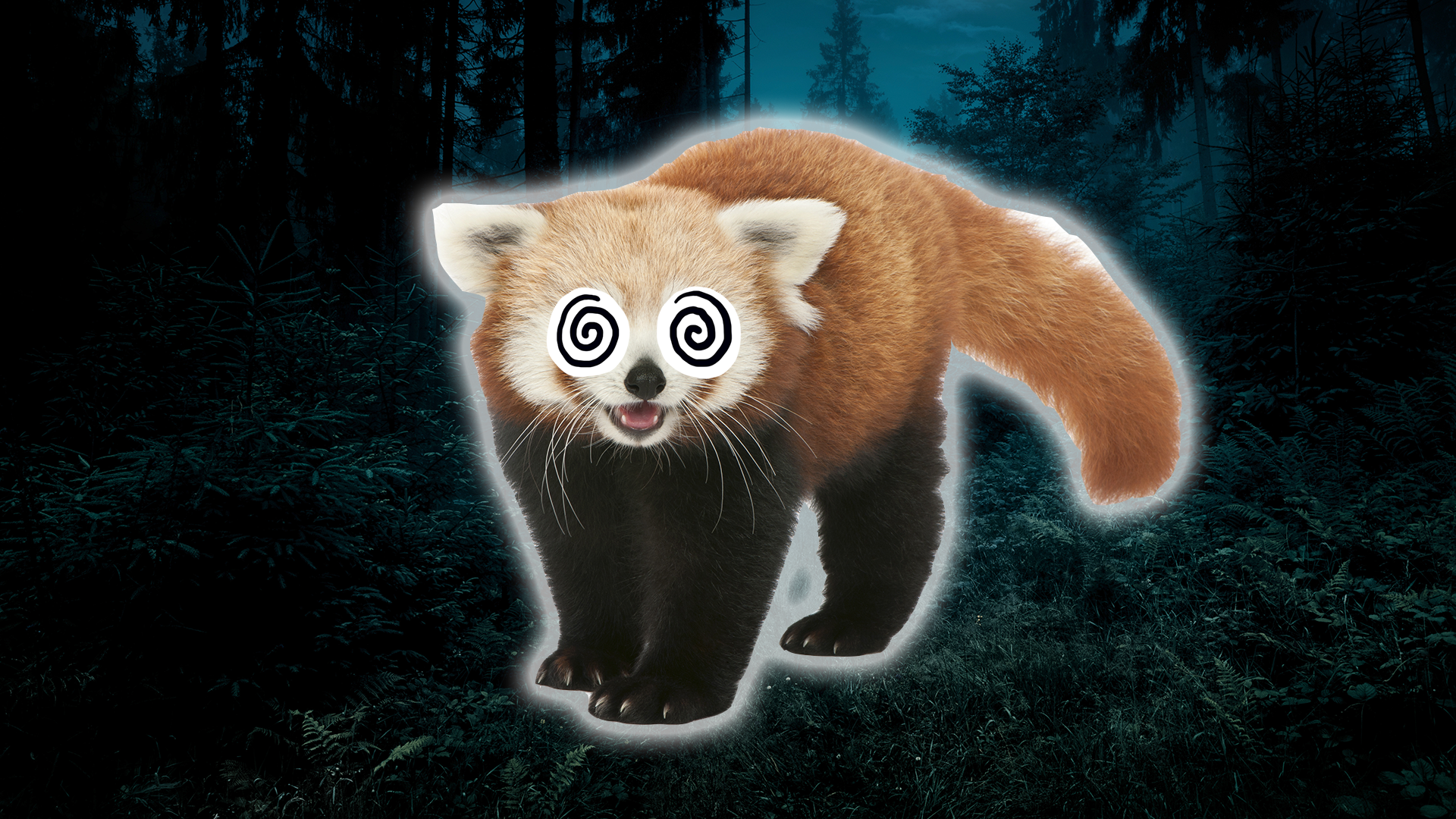
Well, in a way! The white markings on their faces are very visible in the dark, and this helps them to find each other at night (and for mothers to keep an eye on their cubs!)
11. They can stand on their back legs

They do this when provoked or threatened, so that they look bigger and more intimidating. This is called a “threat display”, and lots of animals of all species have a version of it.
12. They hibernate

In the cold red pandas will huddle up and go into what is called “torpor”, which lowers their body temperature, slows their breathing and lowers their metabolism. Bears and hedgehogs do the same thing!
13. They migrate vertically
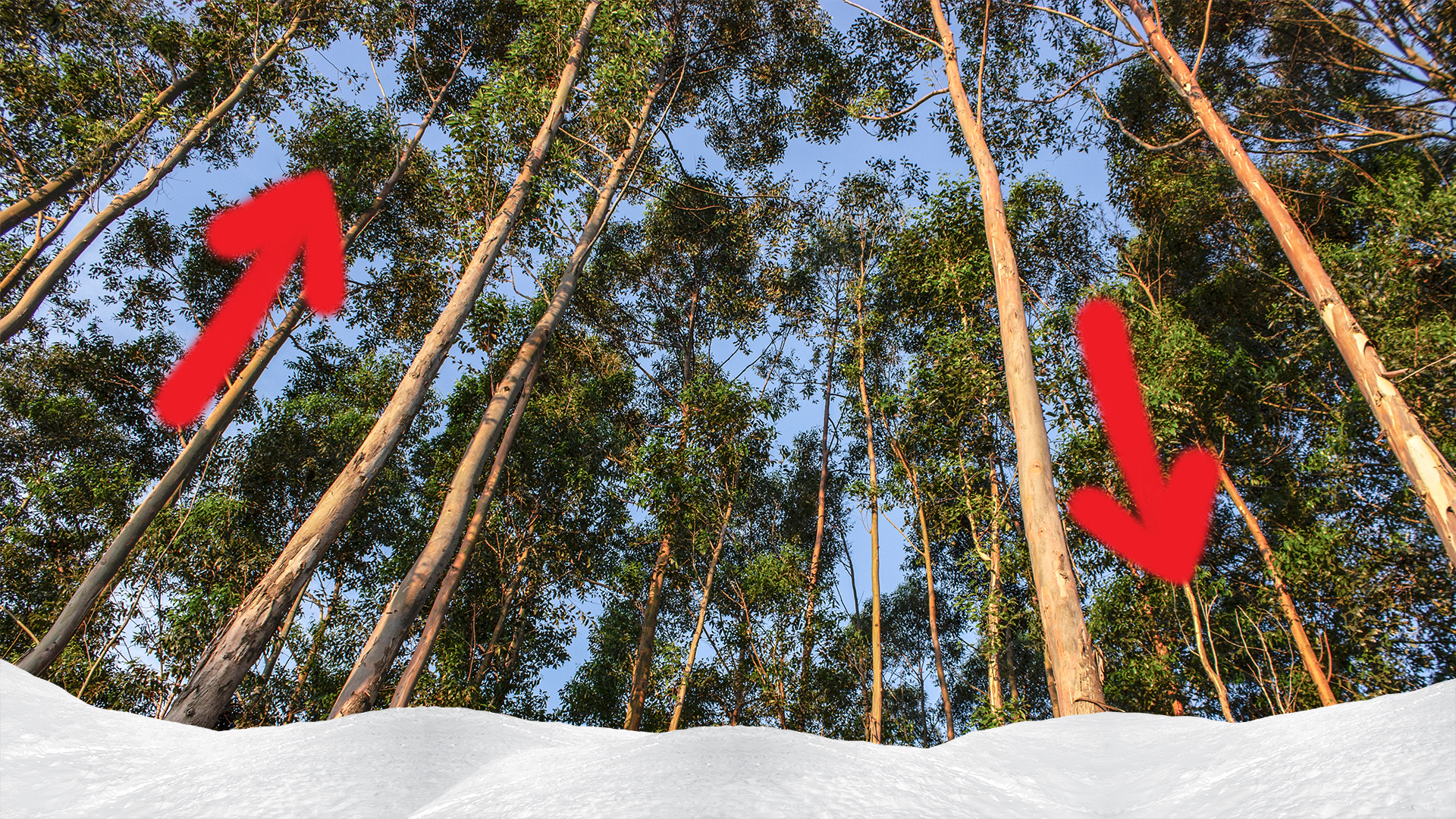
Sounds weird, but all this means is that they live in tall trees (usually between 4,900ft and 13,000ft) and when the weather gets colder, they move lower to the ground where it’s a little bit warmer.
14. They’re internet famous!
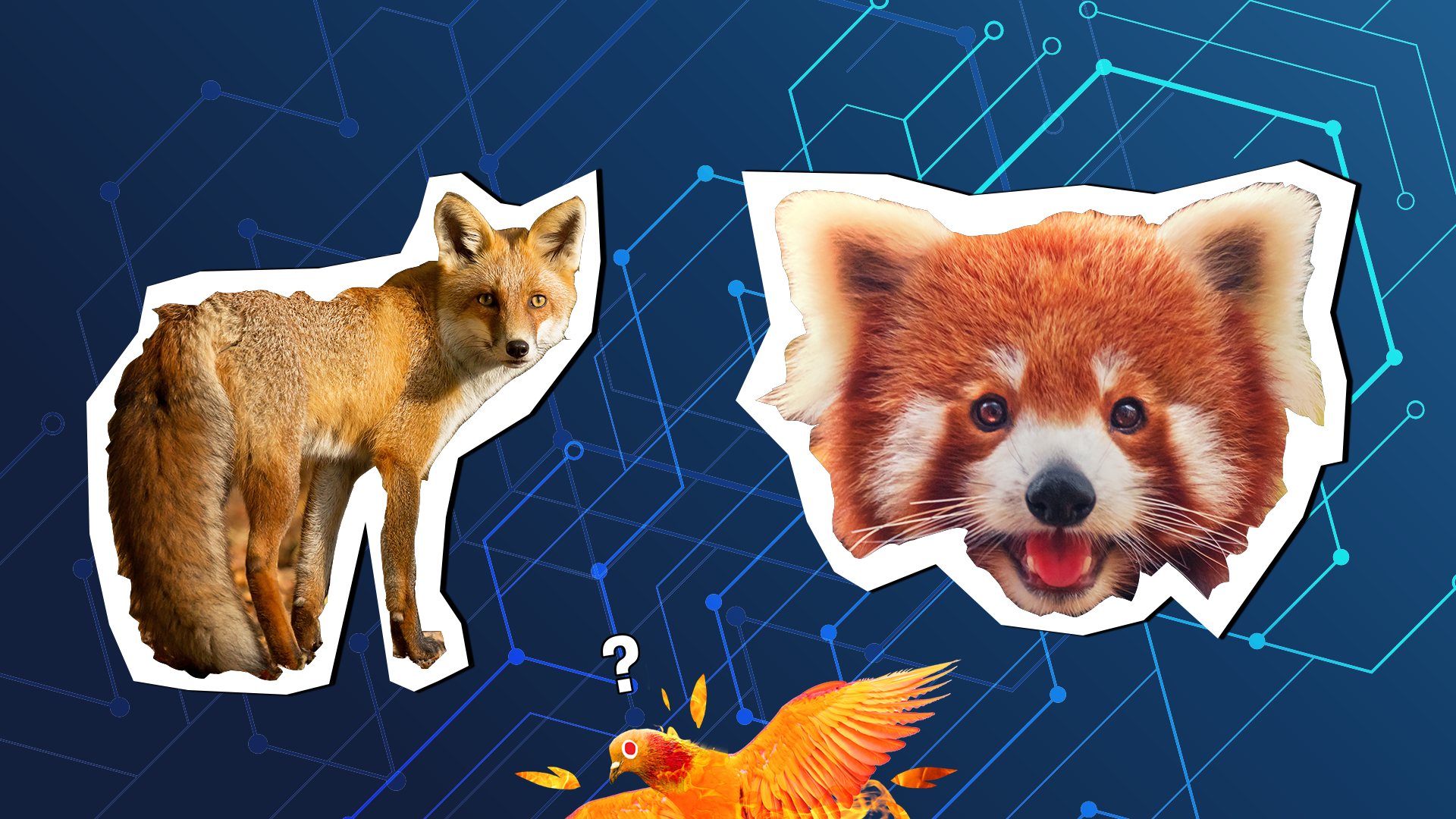
Mozilla Firefox is a popular internet browser. The old logos feature a orangey-red creature curling around the globe. The company’s original name was “Phoenix”, but there was already a company called that so they picked a new name – the red panda. Due to a translation error from Chinese to English, the name became “Firefox” – but the animal in the logo was actually a red panda!
15. They’re declining in the wild
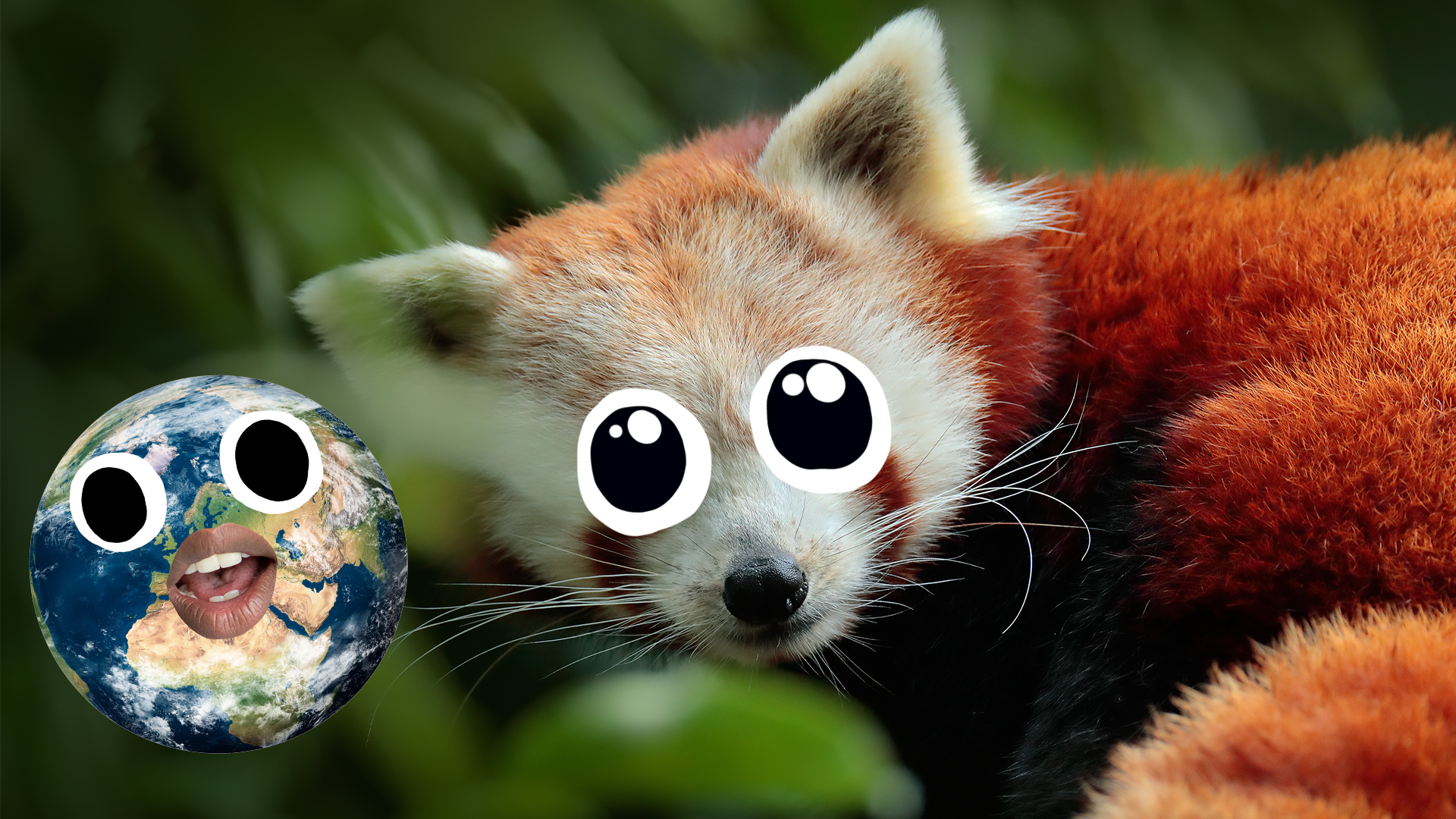
Unfortunately red pandas are currently listed as an endangered species. There may be less than 100,000 in the wild, though the exact number is unknown. Poaching is one reason for this, as people hunt them for fur, meat, pets and medicinal ingredients. Another cause is climate change, which threatens their natural habitat. Lots of charities like WWF are working hard to preserve these amazing animals, and hopefully we can keep them protected in the future.















